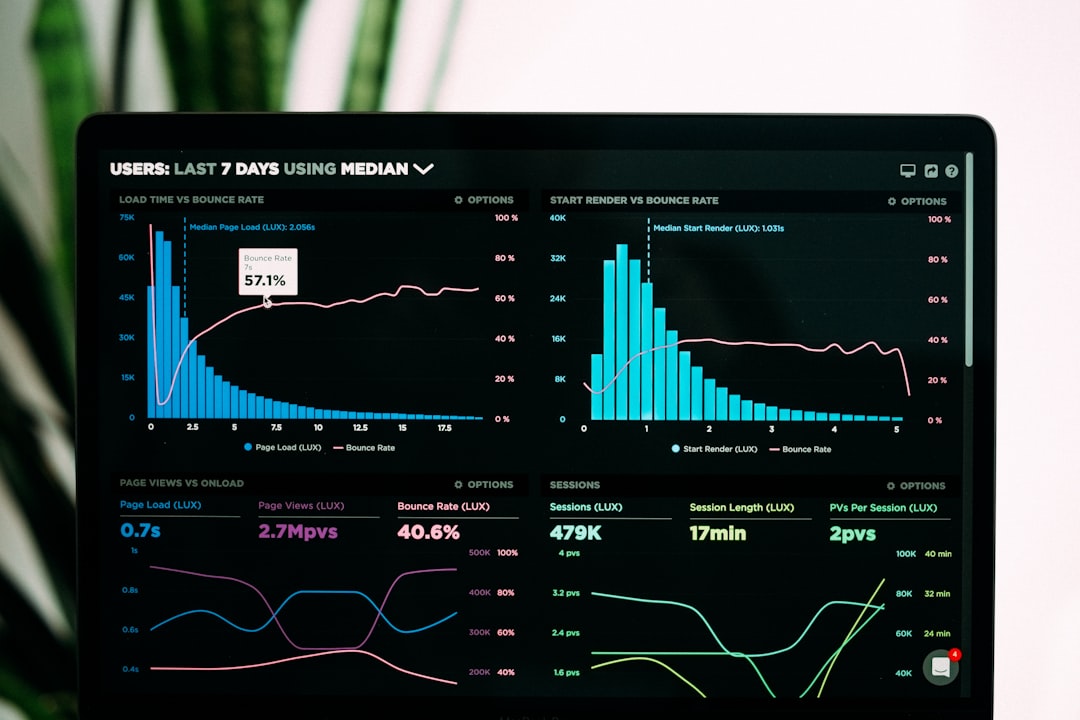In the era of big data, organizations are inundated with an overwhelming amount of information. Every click, transaction, and interaction generates data that, when properly collected and analyzed, can provide valuable insights into customer behavior, market trends, and operational performance. However, the real power lies in the ability to turn this raw data into actionable insights – a process that involves data collection, data cleansing, data analysis, and data visualization.
Data-driven insights allow businesses to make informed decisions and drive growth. By analyzing patterns, trends, and correlations within the data, organizations can identify untapped opportunities, optimize processes, and mitigate risks. For example, a retailer can analyze customer purchase history to identify cross-selling and upselling opportunities, leading to increased revenue. Similarly, a manufacturer can leverage predictive analytics to optimize production schedules and improve inventory management, reducing costs and improving customer satisfaction.
One of the key benefits of data-driven insights is its ability to provide a holistic view of the business. By integrating data from various sources and departments, organizations can gain a comprehensive understanding of their operations, customers, and market dynamics. This holistic view enables them to identify synergies, spot inefficiencies, and uncover new business models. For instance, a telecommunications company can analyze customer call records, network data, and social media sentiment to identify areas for service improvement and differentiate themselves from the competition.
Data-driven insights also play a crucial role in driving innovation. By leveraging data, businesses can identify emerging trends, consumer preferences, and new market opportunities. This allows them to develop new products and services that align with customer needs and preferences. For example, a food delivery platform can analyze customer order data to identify popular cuisines and delivery timings, allowing them to tailor their offerings and enhance the customer experience.
However, it is important to note that data-driven insights are only as good as the quality of the data itself. Data quality is a critical factor in ensuring accurate and reliable insights. Poor data quality can lead to inaccurate analysis, flawed decision-making, and wasted resources. Therefore, organizations must invest in data governance processes, data quality management tools, and data cleansing techniques to ensure the integrity and reliability of their data.
Furthermore, it is imperative for organizations to prioritize data security and privacy. With the increasing number of data breaches and cyber attacks, protecting sensitive data has become a top priority. Organizations must employ robust security measures, such as encryption, access controls, and regular vulnerability assessments, to safeguard their data and maintain stakeholder trust.
Lastly, ethical considerations must be taken into account when utilizing data-driven insights. Organizations must ensure that they adhere to legal and ethical frameworks for data collection, storage, and usage. By being transparent and respecting individual privacy rights, businesses can build trust with their customers and stakeholders, ultimately driving long-term success.





